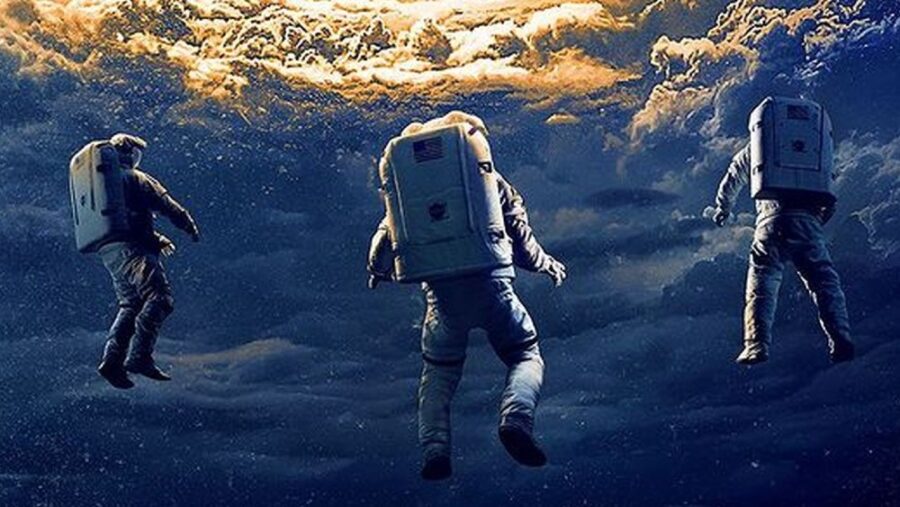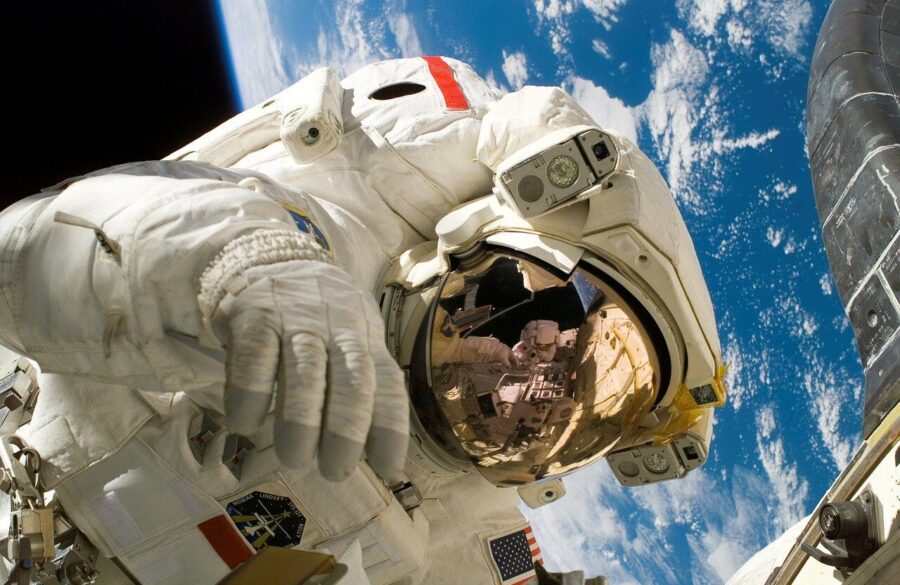Astronauts Stranded In Space, Can They Return To Earth?

After their docking spacecraft took damage, two Russian cosmonauts and an American astronaut have been in orbit six months longer than planned. As reported by The National, the stranded astronauts got into this situation when their Soyuz MS-22 craft was damaged, possibly by a micrometeorite, with a coolant leak that could not be fixed. Thankfully after a year in space, the astronauts are finally preparing to come home.
Three astronauts stranded on the International Space Station for a year are finally about to be able to return to Earth.
The stranded astronauts were left behind by their vehicle which was sent back to Earth in March, utilizing its autonomous mode.There was a similar coolant leak on the Russian cargo spacecraft Progress MS-21, though Russian space agency Roscosmos simply attributed the issue to “external factors.”
Thankfully, there is a rescue plan in the works to bring the three stranded astronauts safely back to Earh from the International Space Station after almost a year in orbit—nearly twice the length of the trip as planned. Rocosmos sent a rescue craft earlier this year which is scheduled to depart from the International Space Station (ISS) on September 27. The Soyuz MS-23 has been docked at the station since February, when it arrived with supplies, and is being prepared for the return trip to Earth.

The extra time on the station means American Frank Rubio will set a record for the longest time in space for an astronaut from the US.
The stranded astronauts, NASA’s Frank Rubio and Roscosmos’ Dmitry Petelin and Sergey Prokopyev, have not been without company during their stay. They were joined in March by Sultan Al Neyadi, an astronaut from the UAE. Though it is the longest mission for anyone from his part of the world, Neyadi will be on the ISS far less time than his companions, returning home on September 1.
On Friday, the first of two maneuvers were made to prepare the Soyuz MS-23 to undock from the station for the stranded astronauts’ return trip. The steps being taken now will help guarantee the trajectory of the vessel, as well as prepare for the arrival of a crewed Russian mission aboard the Soyuz MS-24 in September. The process involves firing two thruster reboosts.
The record for the longest single stay in space was set by the late Russian cosmonaut Valery Polyakov, who was on the Mir space station for 437 days.
While the stranded astronauts will be landing in Kazakhstan, we won’t know an exact time for their return until closer to the planned date. The extra time on the station means American Frank Rubio will set a record for the longest time in space for an astronaut from the US. This will take the title from Mark Vande Hei, who is the current record holder with 355 consecutive days spent on the ISS from 2020 to 2021—a time when a lot of us might have liked to be away from Earth.
Fellow stranded astronauts Petelin and Prokopyev will also beat the record for the longest time spent by a Russian cosmonaut on the ISS. The previous record was set by Anton Shkaplerov and Pyotr Dubrov who were on the same mission as Hei. The record for the longest single stay in space was set by the late Russian cosmonaut Valery Polyakov, who was on the Mir space station for 437 days.












